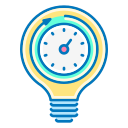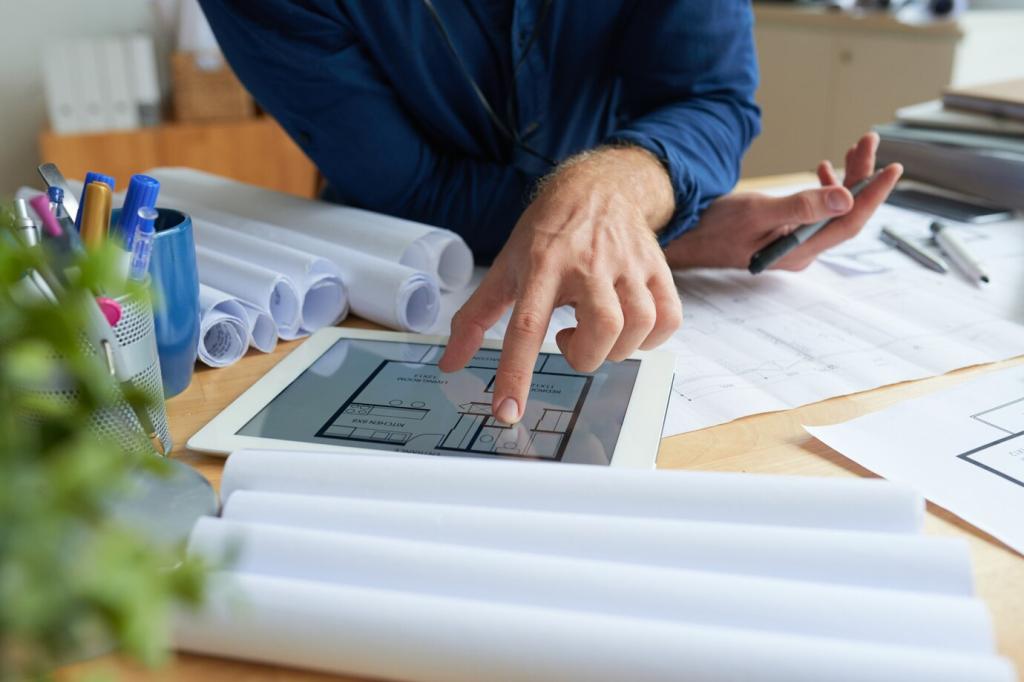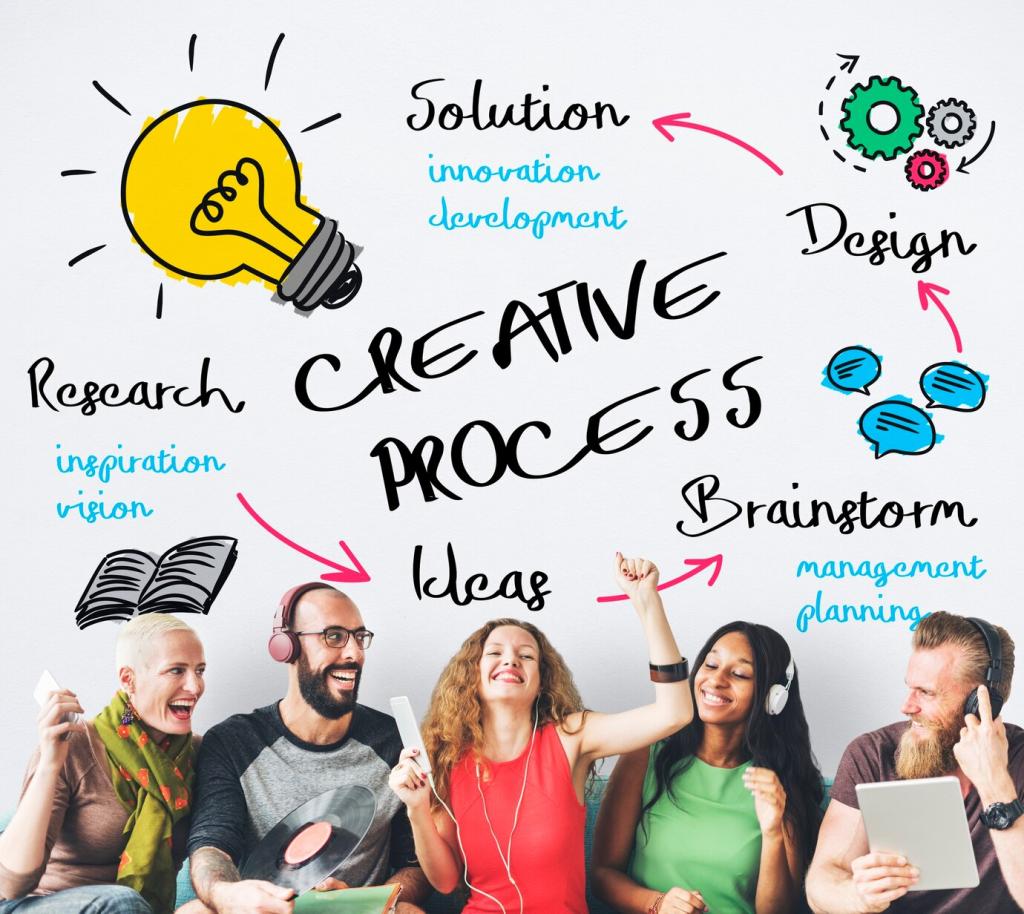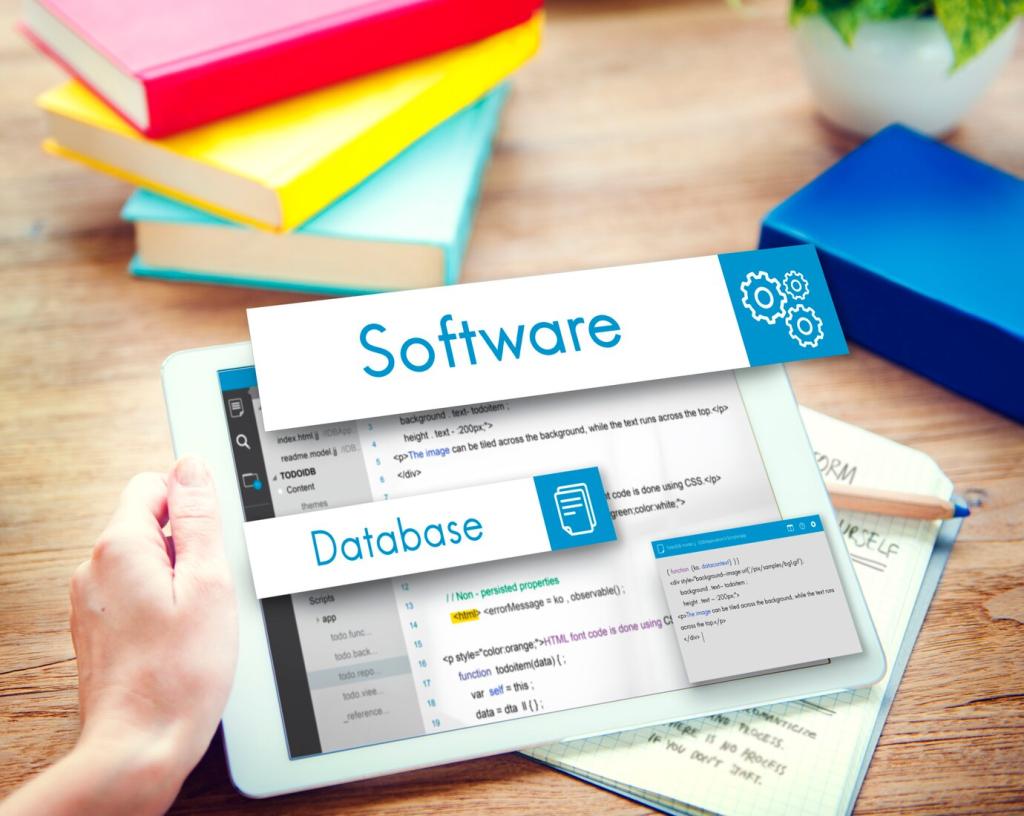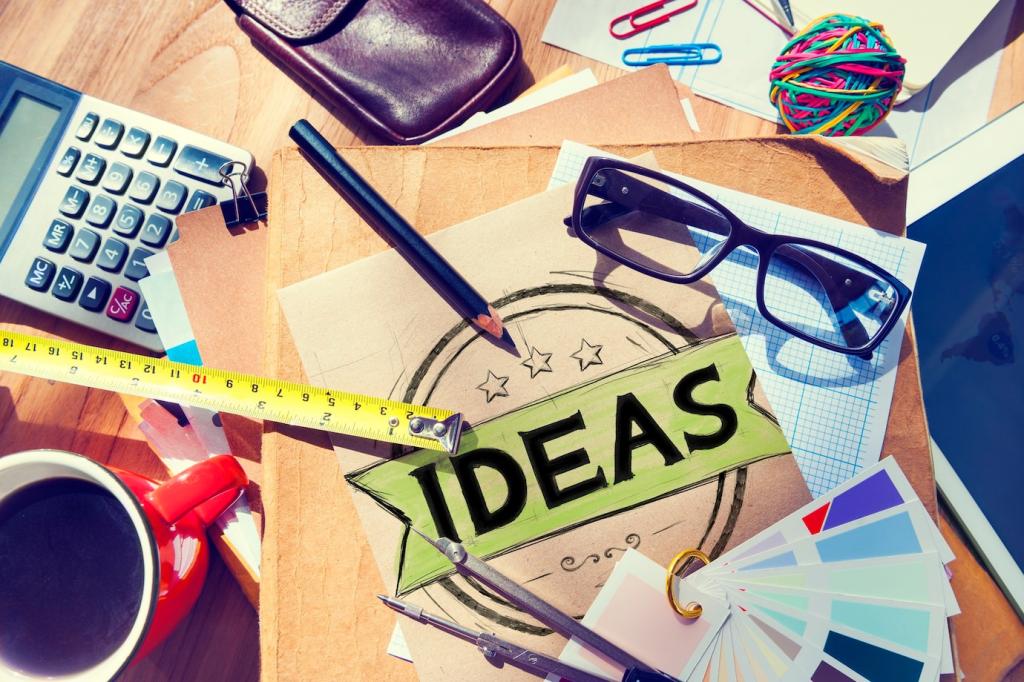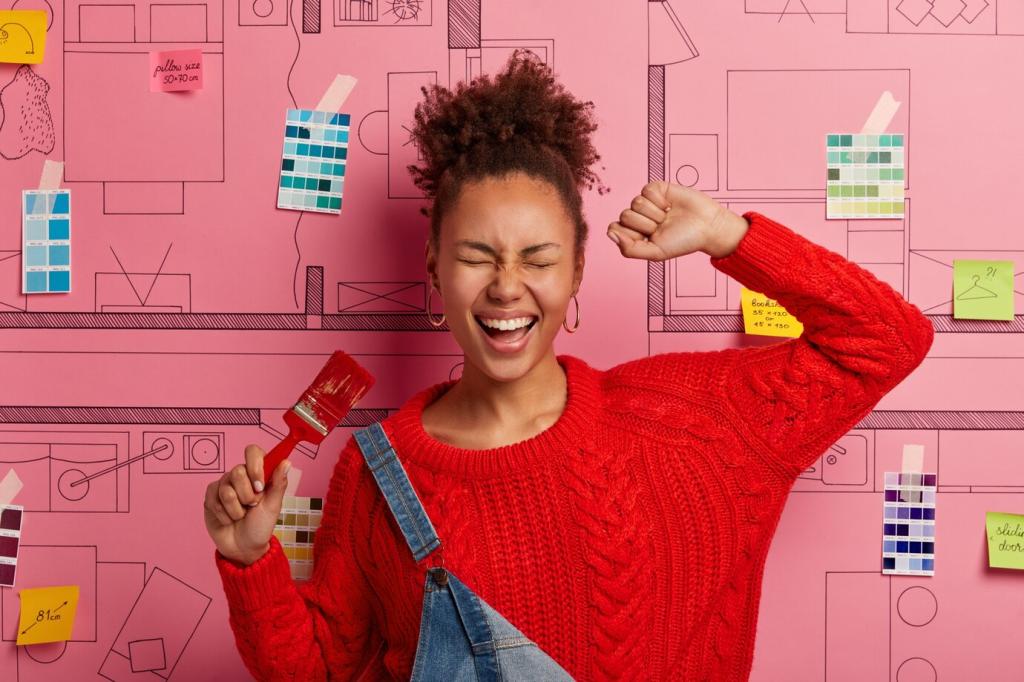Daylight First: Designing with the Sun
Place monitors perpendicular to windows to reduce reflections. Shift desks to avoid direct sun on screens, but keep peripheral daylight in view. Try a two-week test and tell us how your eyes and focus respond.
Daylight First: Designing with the Sun
Layer solar shades, adjustable blinds, and low-reflectance films to tame brightness while preserving views. Diffuse, not block, the sky. Which control works best in your climate? Subscribe and share your seasonal adjustments below.
